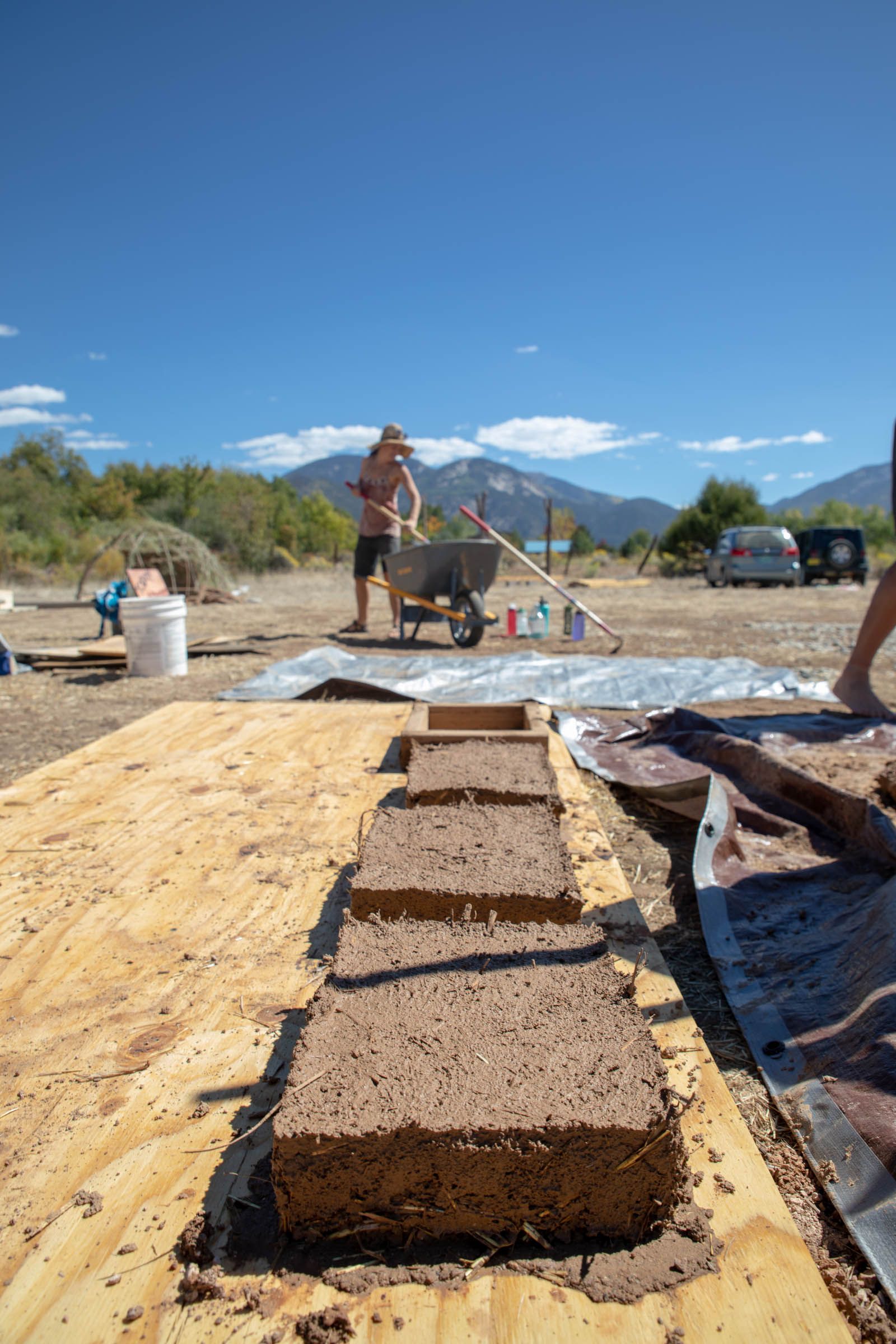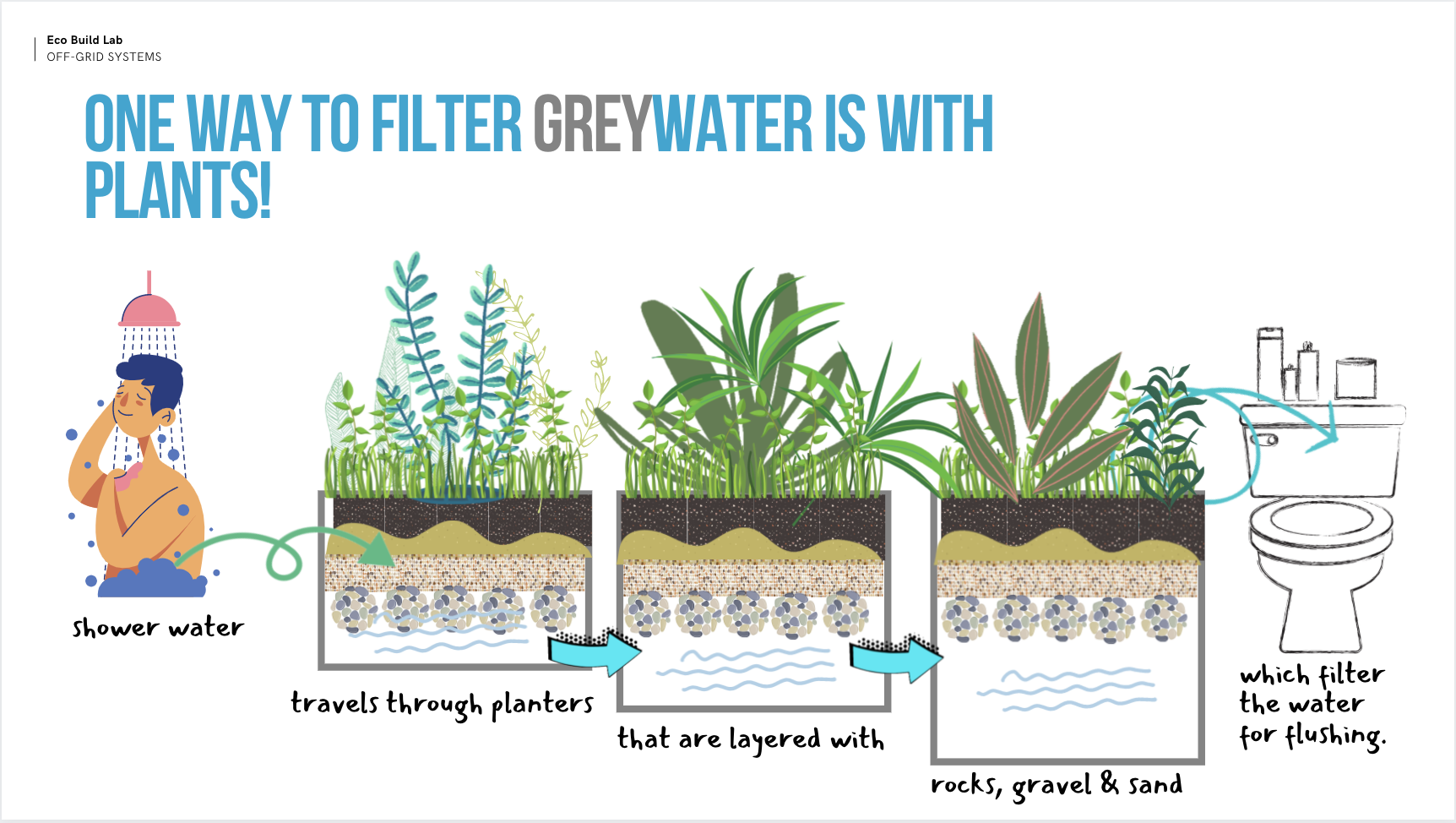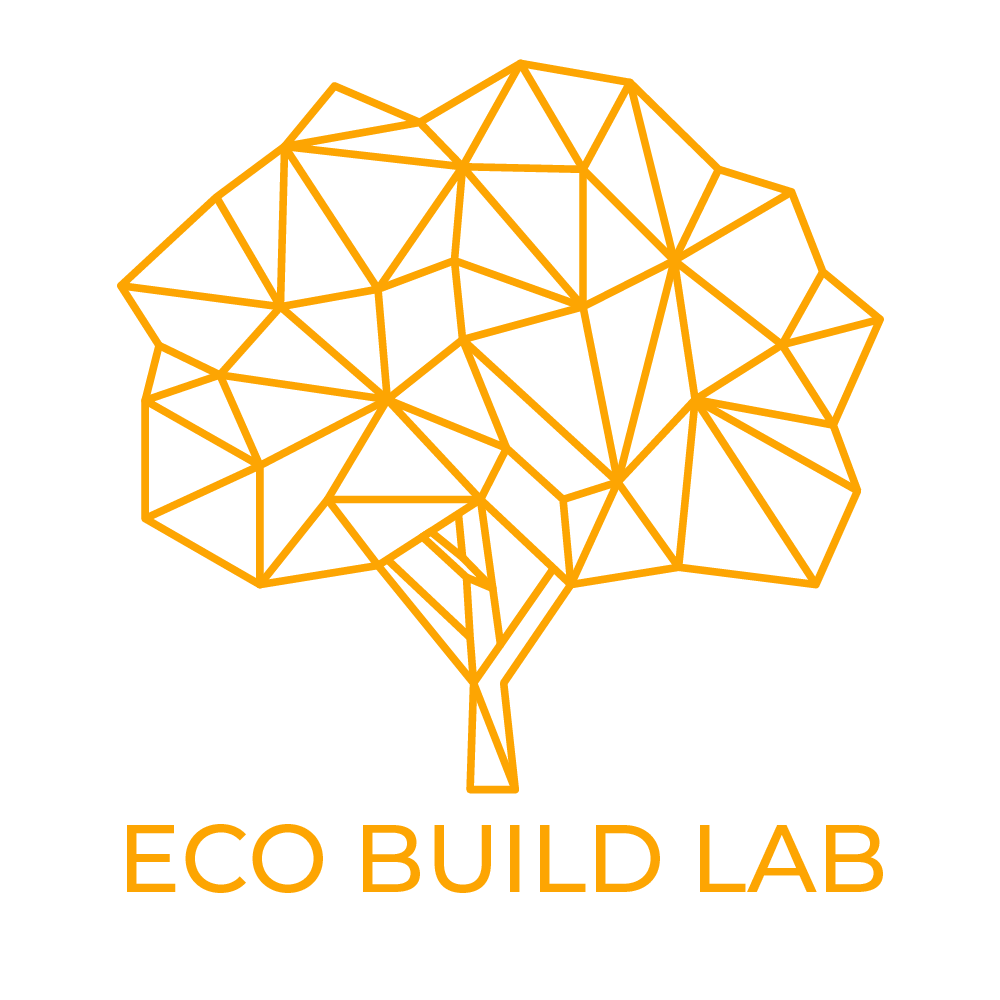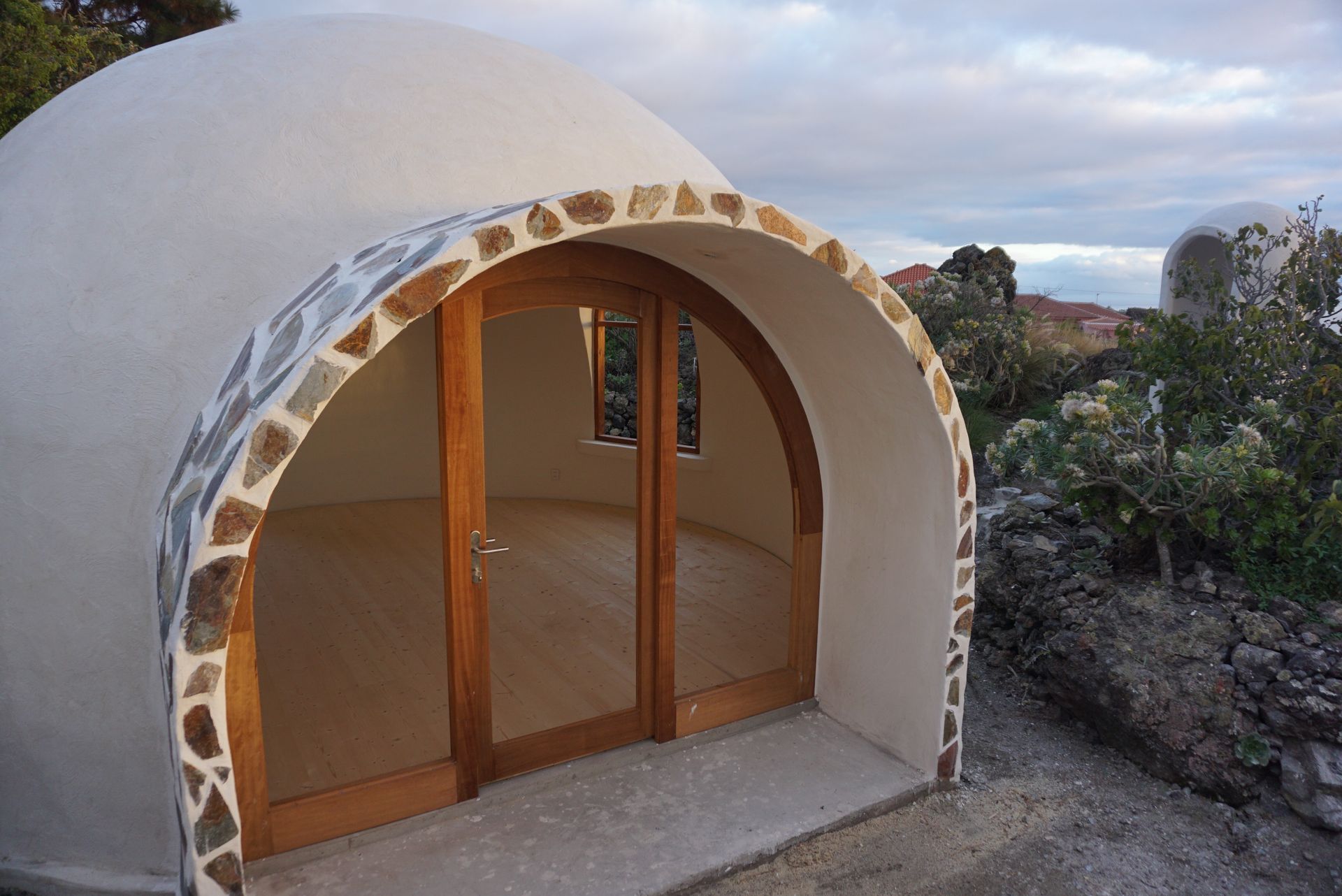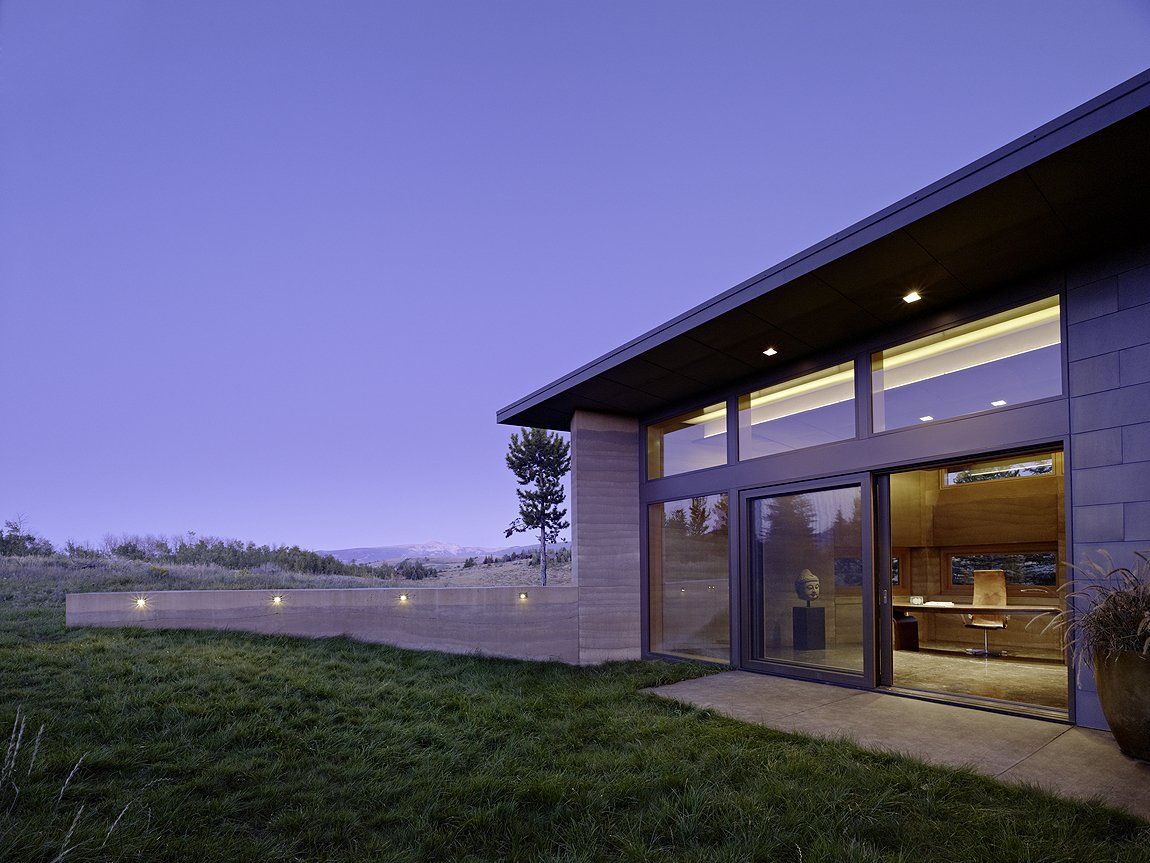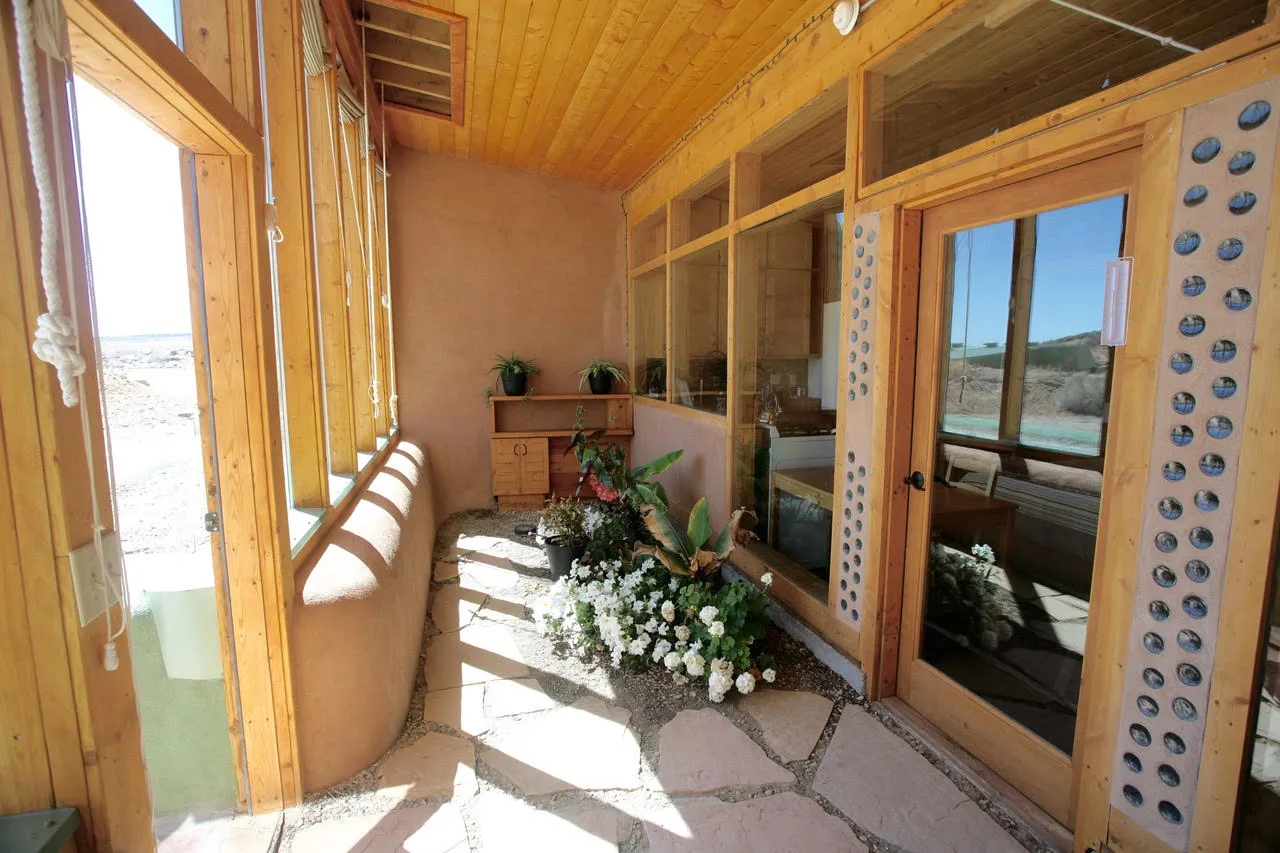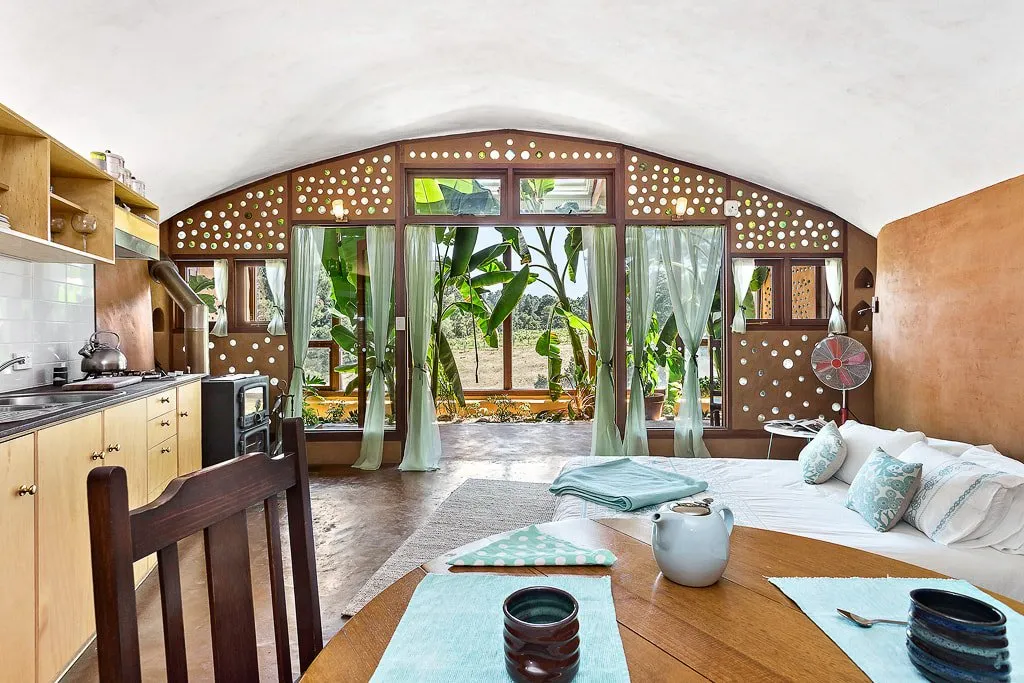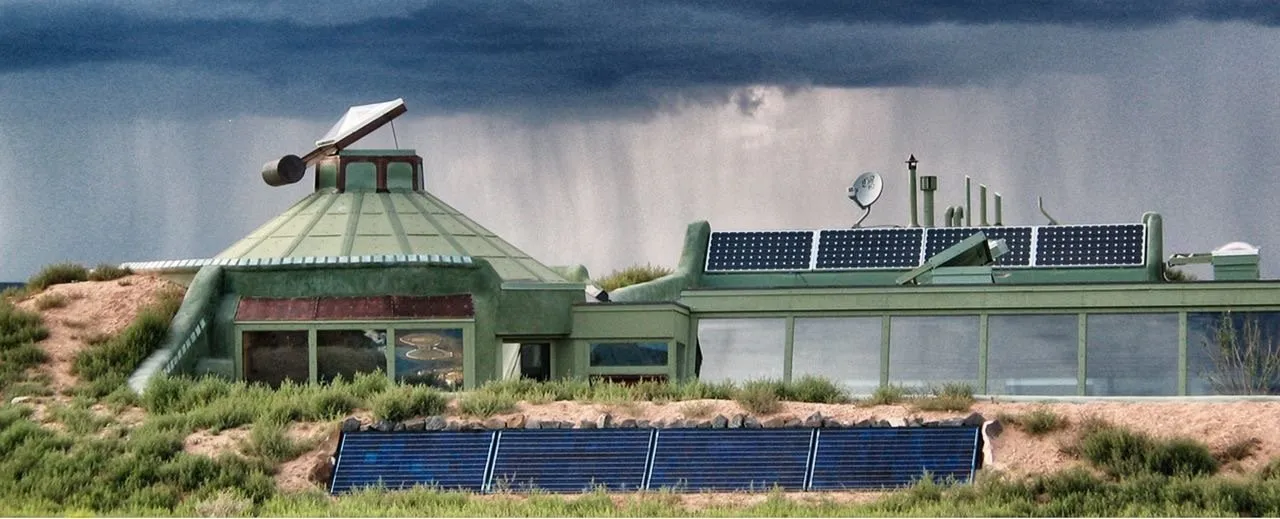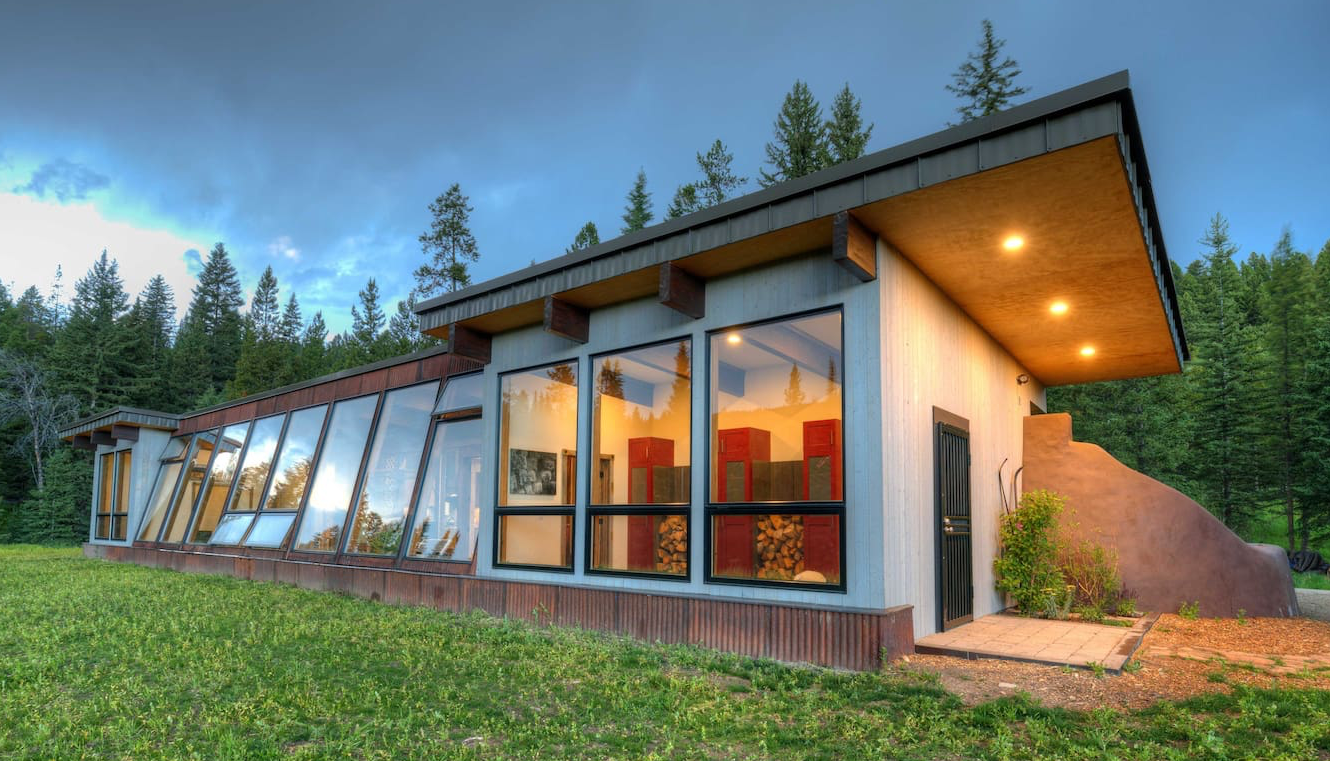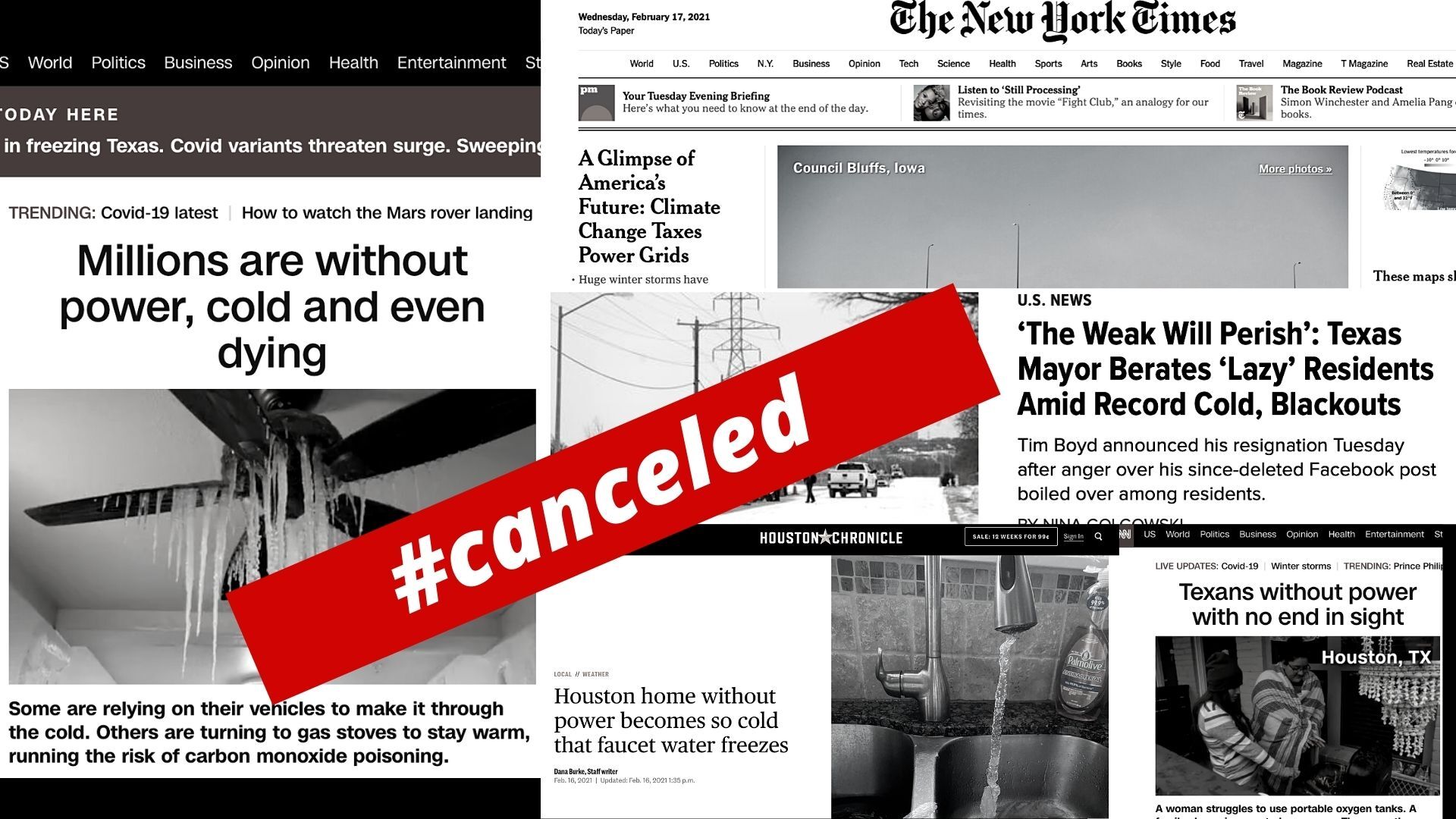Off-Grid Value Per Square Foot
Let’s take a look at what’s important beyond price.

Photo: Gasper House SIREWALL.
One of the most common ways to compare homes is to look at the price per square foot. This is determined by taking the total price of a house and dividing it by the total square footage. There's a range, as you can imagine, and the price per square foot can vary from under $100 for older fixer uppers, modular housing, and foreclosure properties in unlivable condition, to over $1000 per square foot for star architect design, luxurious finishes, and affluent and desirable neighborhoods. This is a vast array, millions and millions of homes, all very different in size, aesthetics, desirability.
But there’s a few things houses in this wide range have in common.
1. They are rarely designed to utilize the natural elements available to them (sun, rain, earth, wind).
2. They do not function (power and water) when the grid goes down.
3. They are typically made out of unhealthy (for you and the planet) materials.
4. They are not built to last more than a few decades (at most) without spending a lot of money over the years for maintenance (essentially rebuilding / reinforcing the home over time to ensure its continued safety and functionality).
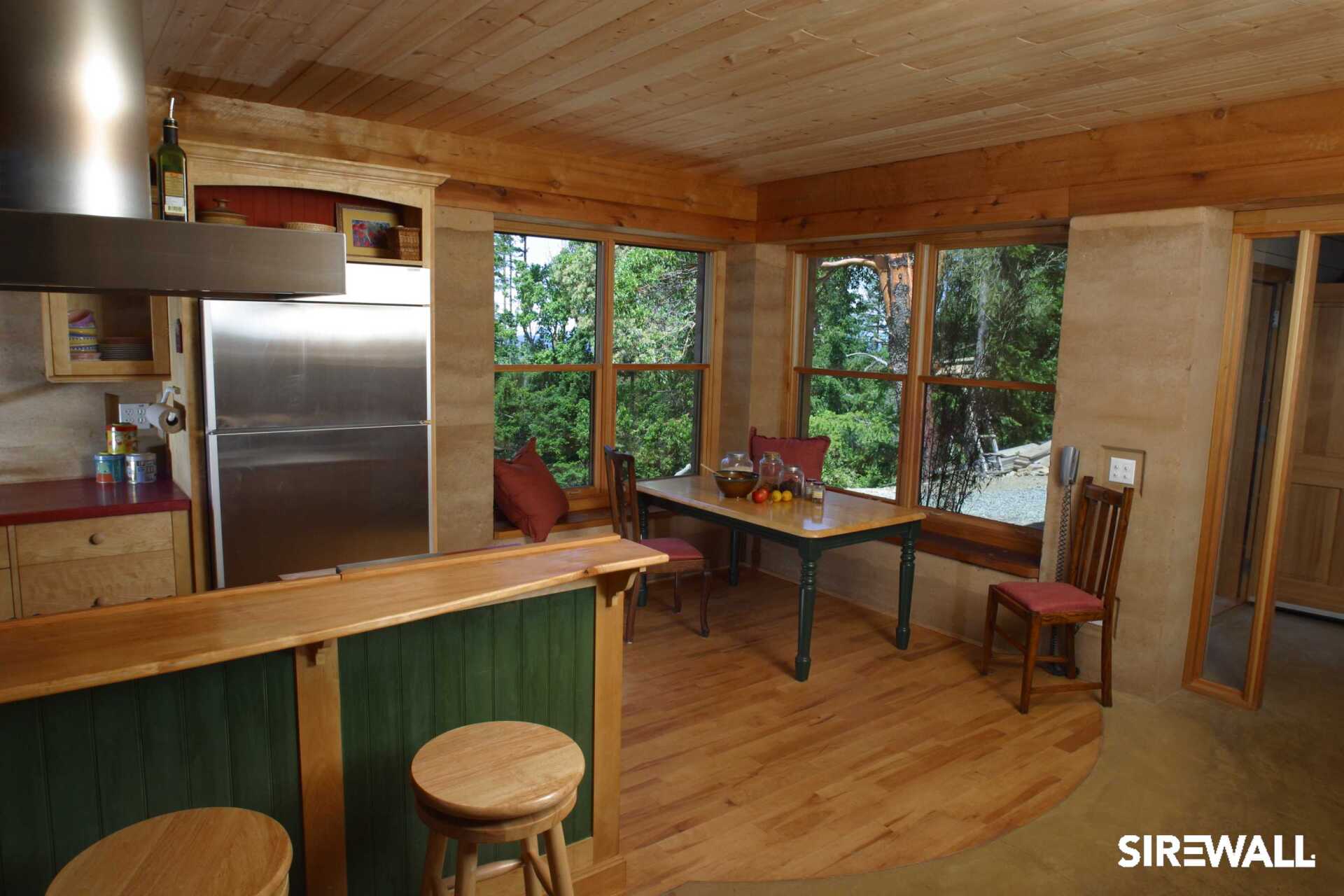
Photo: Gasper House SIREWALL.
Why is this the case?
One problem is people usually want the biggest bang for their buck: the largest house for the least amount of money (lowest cost per square foot) at every price point. Meaning that construction is a race to the bottom to churn out the largest enclosure for the smallest budget with the cheapest (and unhealthiest) materials.
Another problem is we live in the current paradigm where we seem to have forgotten that nature is our partner
and we can work with her to help provide some of our basic needs (and give back to her in a regenerative way by
the way we live). Most housing being built today does not relate to nature. Orientation of the building, type of wall construction, roof design, number and placement of windows, are not optimized to accept help from the elements, heat from the sun, light from the sun, natural airflow, rain, the stable temperature of the earth, and materials choices. In fact, most housing seems to ignore nature completely and rely exclusively on man made systems to function.
Thirdly, we have this massive blind spot when it comes to how we relate to the grid. In our conscious mind we know it is vulnerable, we’ve experienced it letting us down, we know it is costly for us personally, for taxpayers generally, for the planet absolutely, and yet we rely on it implicitly for all of our comforts, to keep us alive, and our society functioning.
And yet, almost exclusively, we continue to build houses that rely on the grid for heating, cooling, electricity, water and sewage. We don’t build houses that embody their own infrastructure. We build boxes that are only able to function by connecting to the grid.
What’s the value per square foot of a home that does not function when the grid goes down? Practically nothing. In fact, some houses can kill you when the grid goes down (heatstroke, hypothermia, carbon monoxide poisoning, fires).
We find that off-grid/alternative/eco homes have value beyond just the simple measure of price per square foot, value that includes: a healthier living environment, peace of mind, independence from the unreliable grid, freedom from ever-increasing utility bills, and the opportunity to live a life more aligned with nature and more kind to our planet.
We want to see this idea take hold like organic food or Fair Trade goods.
These movements have educated consumers on the value (beyond price) of these purchases–value for the planet, the people who work to produce the goods, and for the consumer’s own health and conscience.
What’s the value of a house that has great air quality and natural light?
What’s the value of a house built from materials that are healthy for you and the planet?
What’s the value of a house that is built to last for generations?
What’s the value of a house that still has lights, water, toilet and heating when the grid goes down?
A beautiful, solid, off-grid house for you and your family?
Priceless.
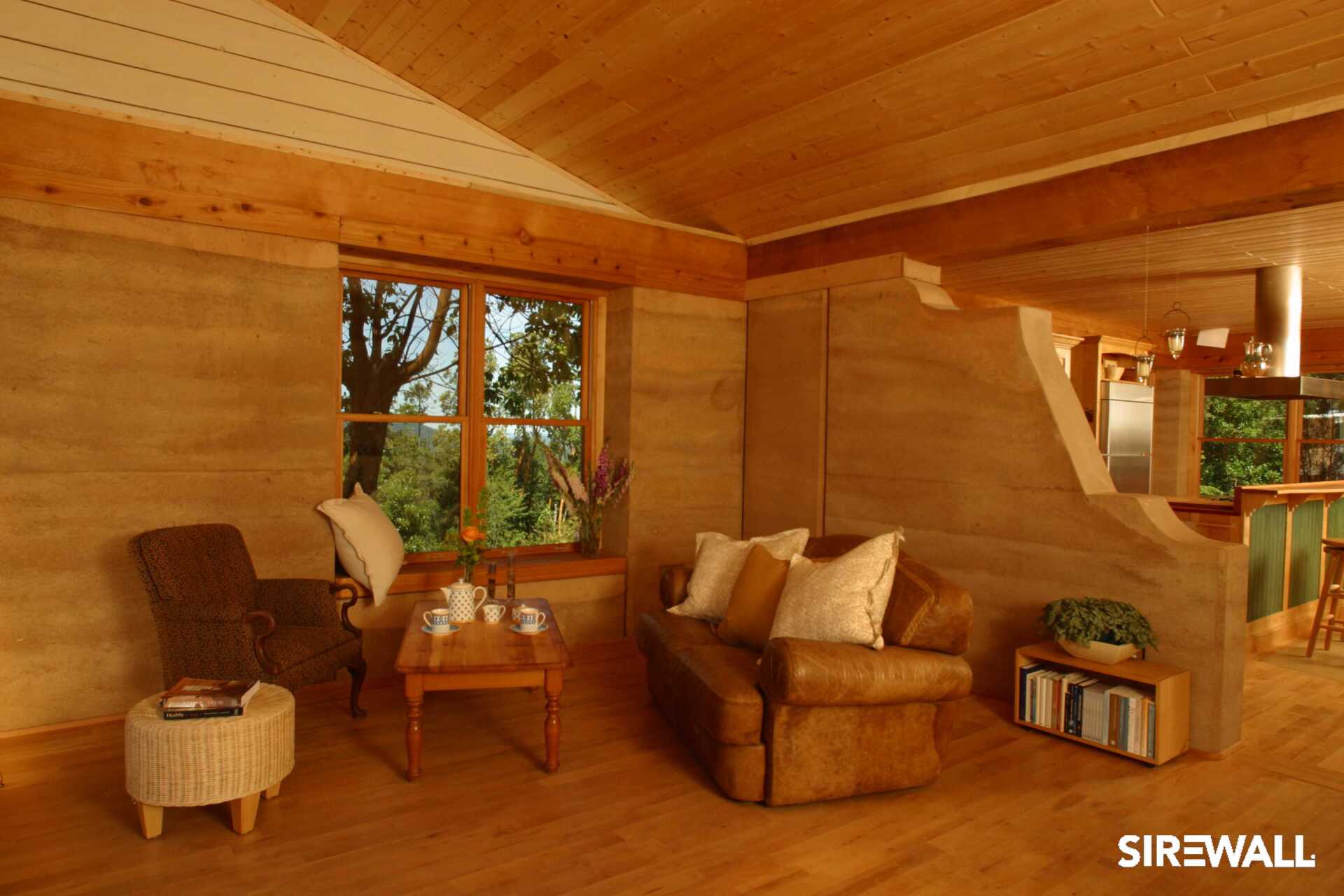
Photo: Gasper House SIREWALL.
SUBSCRIBE
